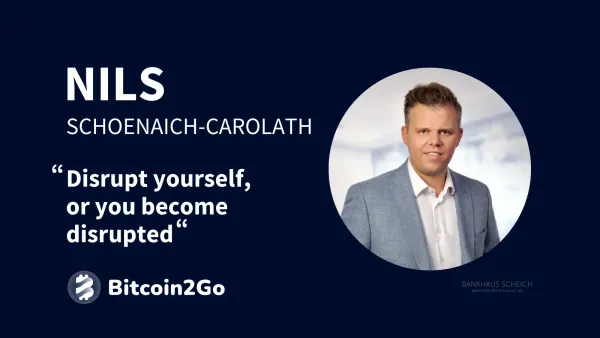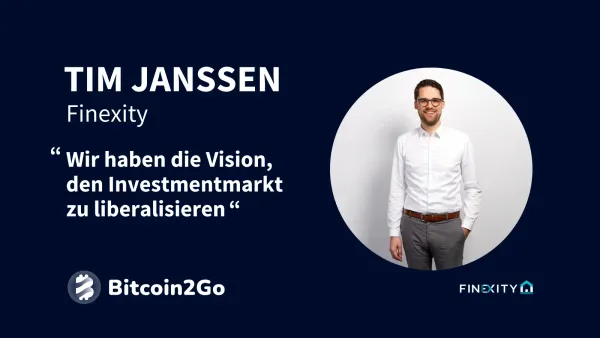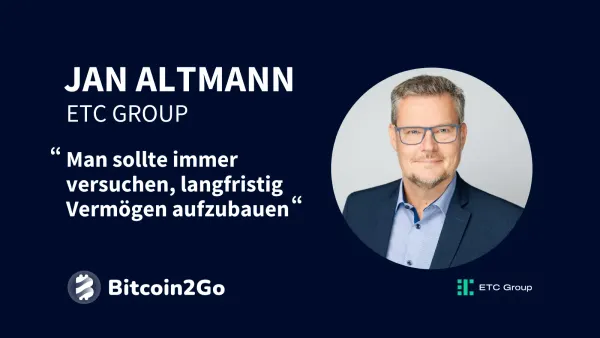
Julian Liniger von Relai im Bitcoin2Go-Interview
Im Bitcoin-2Go-Interview sprechen wir mit Julian Liniger, dem Gründer und CEO von Relai über seine Motivation, in die Bitcoin-Branche einzusteigen, den größten Herausforderungen in der Branche, sowie über Relais »Bitcoin Only«-Strategie.




